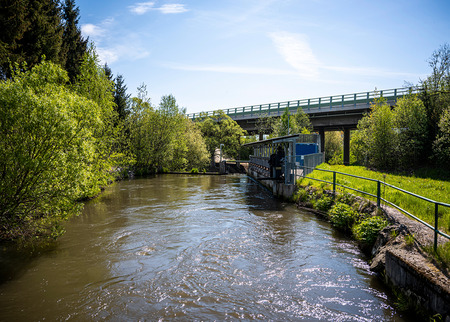For a smaller CO2 footprint

At voestalpine Railway Systems in Zeltweg, our largest production site for high-quality turnouts, CO2-neutral production has already been in place since 2010. Now, experts are taking a close look at the entire life cycle of the turnouts to further reduce the product's CO2 footprint.
